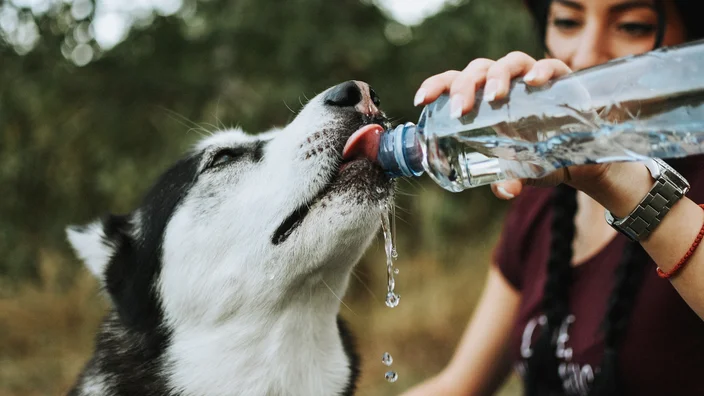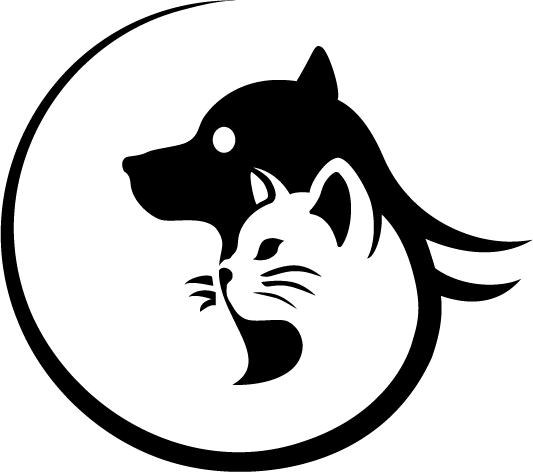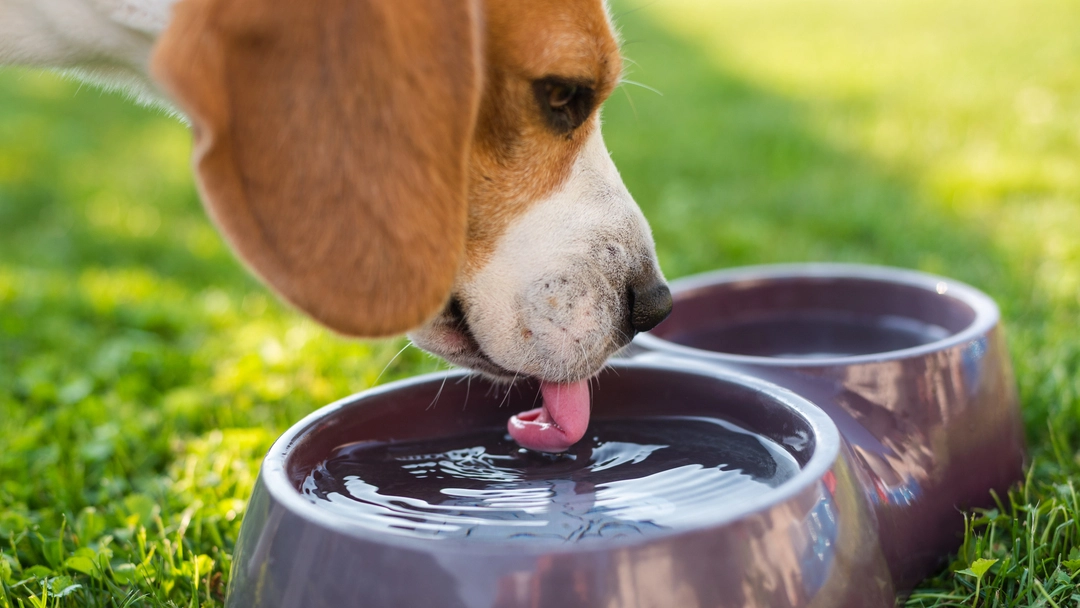Have you noticed your older dog hanging out by the water bowl more than usual? Maybe you’re refilling their dish twice as often, or you’ve spotted them drinking in the middle of the night. Naturally, you start to wonder: What does it mean when an older dog starts drinking a lot of water? Is it something to worry about or just a normal part of aging?
In many cases, increased thirst (known medically as polydipsia) can be a sign that your senior dog’s body is going through some changes. And while some of these changes are harmless, others might require a vet’s attention.
In this blog, we’ll walk you through what causes increased water intake in older dogs, how much is “too much,” what symptoms to watch for, and when it’s time to call the vet. Let’s dive in!
Is It Normal for Older Dogs to Drink More Water?
As dogs grow older, they experience shifts in metabolism, hormones, and organ function. So yes, a slight increase in thirst can be normal—especially during hot weather or after exercise.
However, a sudden or consistent rise in water consumption may signal that something deeper is going on. If your dog is drinking water excessively every day, it could mean their body is trying to flush out toxins, balance sugar levels, or fight off an infection.
Remember: your dog can’t tell you when something feels off, but their habits can.
What Causes Excessive Thirst in Senior Dogs?
Let’s explore the most common reasons why an older dog might suddenly start drinking more water:
1. Kidney Disease
Chronic kidney disease is common in aging dogs. As the kidneys lose their ability to filter waste efficiently, dogs will pee more, leading to dehydration and increased thirst.
Other signs to watch for:
- Nausea or vomiting
- Bad breath with a chemical or ammonia odor
- Loss of appetite
- Weight loss
- Tiredness or dull coat
Related read: How much daily exercise does your dog need?
2. Diabetes Mellitus
Diabetes prevents your dog’s body from regulating blood sugar. Excess sugar spills into the urine and draws water out of the body, making them thirstier.
Symptoms include:
- Peeing more frequently
- Increased hunger
- Sudden weight loss
- Cloudy eyes (a sign of cataracts in diabetic dogs)
- Fatigue or mood swings
3. Cushing’s Disease
This hormonal condition causes the body to produce too much cortisol (a stress hormone), affecting thirst, appetite, and appearance.
Watch for:
- Excessive thirst and hunger
- Pot-bellied appearance
- Thinning fur or hair loss
- Heavy panting
- Increased urination and accidents indoors
4. Infections or Other Illnesses
Senior dogs are more vulnerable to infections like UTIs, liver disease, pyometra (in unspayed females), and even cancer—any of which could cause increased thirst.
Other warning signs:
- Vomiting or diarrhea
- Fever or weakness
- Behavioral changes (hiding, whining, pacing)
5. Side Effects of Medications
If your senior dog is on medications—especially steroids (like prednisone), diuretics, or anti-seizure drugs—they may experience increased thirst as a side effect. While this is often expected, always talk to your vet if the increase feels drastic.
How Much Water Is Too Much?

On average, a healthy dog drinks about 1 ounce of water per pound of body weight daily.
Here’s a quick guide:
- 20 lb dog = ~2.5 cups per day
- 50 lb dog = ~6.25 cups per day
- 80 lb dog = ~10 cups per day
If your dog is drinking significantly more than this—especially if it happens suddenly or lasts for several days—it’s time to take action.
Pro tip: Use a measuring cup to track their water intake for a few days and share that info with your vet.
Other Symptoms to Watch Alongside Increased Thirst
Thirst alone isn’t always a cause for alarm. But if your senior dog is showing other unusual behaviors, it’s worth noting:
- Peeing more often (or house accidents)
- Vomiting or diarrhea
- Weight changes (gain or loss)
- Fatigue, restlessness, or pacing
- Changes in appetite
- Skin or coat changes (dull, dry, patchy fur)
- Increased confusion or disorientation (a possible sign of cognitive dysfunction)
When to Call the Vet
If you’re asking yourself, “What does it mean when an older dog starts drinking a lot of water?”—and the pattern seems unusual or persistent, the best thing you can do is schedule a vet appointment.
Your vet may recommend:
- Blood tests to check for organ function, glucose levels, and infection
- A urinalysis to check for diabetes or urinary tract issues
- Imaging, like an ultrasound or X-ray if organ disease or cancer is suspected
The sooner you get answers, the better chance you have of managing any health concerns effectively.
Supporting Your Senior Dog’s Health
Caring for an older dog requires a little more attention, but it’s so worth it. Here’s how you can help them feel their best:
- Schedule regular vet visits (every 6–12 months)
- Feed a balanced senior dog food rich in joint, kidney, and heart support
- Keep them gently active to maintain mobility
- Track their water, food, and bathroom habits
- Watch for any changes in behavior
Got a new puppy at home, too? Don’t miss our guide on how to take care of a puppy.
FAQ
Q1: Is it normal for older dogs to drink more water?
A slight increase is normal, but a sudden or constant change could mean health issues like kidney disease, diabetes, or hormonal imbalances.
Q2: What medical issues cause increased thirst?
The most common are:
- Kidney disease
- Diabetes mellitus
- Cushing’s disease
- Urinary tract infections or medication side effects
Q3: Can diet cause excessive thirst?
Yes! Dogs on dry kibble, high-protein meals, or salty treats may naturally drink more. But if the drinking feels excessive, talk to your vet—especially if other symptoms appear.
Q4: How can I track how much water my dog drinks?
Use a measuring cup or mark the water bowl. Record daily intake and changes in behavior.
Q5: What will the vet do during the check-up?
They’ll likely start with:
- Bloodwork and urinalysis
- Screening for diabetes, kidney issues, or infections
- Additional tests if needed based on symptoms
Final Thoughts
So, what does it mean when an older dog starts drinking a lot of water? It could be something simple like a change in diet or temperature—or it could be your dog’s body signaling a deeper health issue.
Either way, your attention to the little things matters. Keep observing, tracking, and asking questions. And when in doubt, call the vet. Senior dogs may not have the same energy as puppies, but they have just as much love to give—and they deserve to feel their best every day.
Last Updated on April 9, 2025 by furryadminblog

